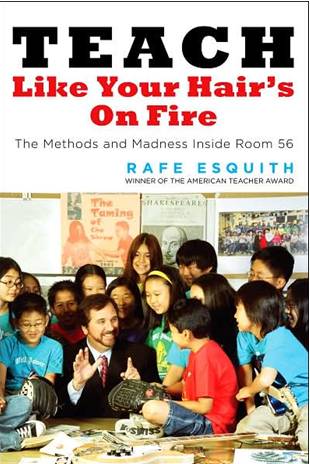How many of you have ever taught persuasive and expository writing just to have students confuse the two? Join the crowd. I hope to clear up any confusion by sharing the definitions of both modes that are provided by the GaDoe (Georgia Department of Education). Students need to know the definitions and the characteristics of each if they are to effectively compose them.
Persuasive writing has as its purpose convincing others to accept the writer’s position as valid, adopt a certain point of view, or take some action. It clearly establishes a position on a topic. The argument should be defended with specific details and examples. The evidence should be appropriate for the audience. This writing uses specific facts, personal experience and knowledge, and/or statistics to support the author’s position. It contains an organizational structure appropriate for persuasion.
It is NOT copying words or information from the writing topic, nor is it formulaic writing that repeats the position and supporting reasons. It is not a list of facts, a story, or any other personal anecdote that is unrelated to the writer’s position. It is not a chance for the writer to vent about a topic.
Expository/Informational writing enhances the reader’s understanding of a topic by instructing, explaining, clarifying, describing, or examining a subject or concept. It provides facts, statistics, descriptive details, comparison, contrast, analysis, evaluation, definition, humor and personal anecdotes that are related. It contains an appropriate organizational strategy for the purpose of explanation, description, comparison/contrast, or problem and solution. It is information that is presented in the logical order. It is NOT an encyclopedic coverage of facts or an abundance of facts that are unrelated to the topic.
Informational writing is meant to give information. It is nonfiction/factual.
Key words: First, after, next, then, last, finally
Avoid first person pronouns. (I, we, us, me)
Informational writing should not give an opinion.
Examples: driving directions, instructions, newspapers, biographies, almanacs, research papers, business reports, letters, guidebooks, how-to writing, pamphlets
Some strategies to engage: anecdote, facts, statistics, quotes, vivid word choice, mood, real-life connections, descriptions, narration
Strategies to inform: facts, statistics, quotes that lend credibility, descriptions, and explanations
Expository structures: description (for example…characteristics are…), explanation , compare/contrast(different, alike, same), problem/solution (problem is…question…answer), cause-effect (reasons why, because, if)
PREPARING STUDENTS FOR PROMPTS:
Students must have practice with prompt analysis and initial planning.
Students must understand the terms persuasive and expository/informational.
Students must be aware of the different structures that expository prompts might ask for: description, explanation, c/c, problem/solution, and cause/effect.
Examples of informational topics:
1. Describe the causes and effects of pollution on the environment. Narrow your topic to one form of pollution.
2. Compare and contrast two different types of transportation. Consider issues such as speed, comfort, enjoyment and expense.
3. Compare and contrast an insect to an arachnid.
4. For primary, write, draw, or dictate to your class about what you will bring to Show and Tell. Tell what you know about this object.
5. Discuss and then write your own Bill of Rights.
6. Write a letter that gives next year’s class specific advice on what they really need to know before they enter your grade. Tell what teachers will expect and how to succeed as a student.
7. Compare and contrast healthy individuals to unhealthy.
8. Tell what happened when…
9. Write a report about…
10. Explain how…
11. Describe how to …
Students need specific information and instructions if they are to understand persuasive and informational writing. Let’s help them succeed.

